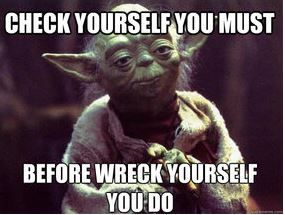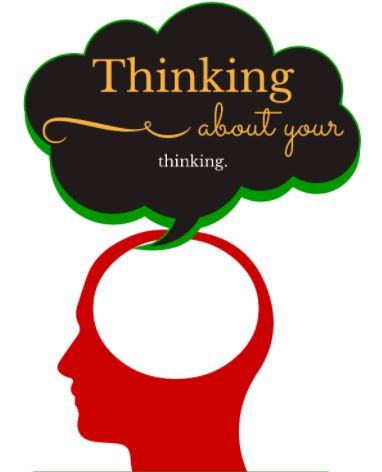In many of our courses, we have discussed the importance of targeted and practical feedback as a vital component of meaningful learning for our students. Recently in our Inquiry Science Pedagogy and Practice course, we read “Formative assessment and the design of instruction systems” (Sadler, 1989). The article discusses how perhaps even more critical than targeted and effective feedback is the students’ ability to monitor their work quality. This skill is invaluable both within and outside of the education context.

Developing self-assessment and reflection practices is not natural for the vast majority of people (myself included). Hence, students must be explicitly taught these skills and provided with the opportunity to engage with them through ample practice. How does one do this while considering the individual needs of each student to the best extent possible?
For my capstone lessons, I have started to think about how I might accomplish this. I still am uncertain about exactly what this may look like, but so far, here as some of my initial thoughts.
Generally, an effective strategy of explicit instruction is the “I do, We do, You do” approach. Incorporating scaffolds and modeling during this approach can help differentiate instruction for various learners and likely will be something I make an effort to do. At times, modeling might include me asking and answering a metacognitive question out-loud. I might also utilize effective questioning to prompt this metacognitive thinking either at the whole-class or individual level. Including a metacognitive question on activities and exit tickets could be beneficial as well. Perhaps, I can create a weekly reflection that guides students to engage in self-assessment and metacognition. Here is an example of one such reflection I have developed for other classes:
Although this reflection is a google doc that initially asks students to respond in writing, presenting students with an opportunity to provide their responses in another format should be considered to differentiate the product. Forms other than writing might include recording a video or audio using programs like Flipgrid or Screencastify. Students might wish to illustrate their responses using another program or drawing a representation by hand and then upload it. These are just a few alternative formats students might choose to deliver this reflection.
Another way to promote self-assessment and reflection can be to utilize rubrics as often as possible. Students can use the rubric to self-assess their work before they turn it in. One way to differentiate this might be to have students work in pairs to assess each other using the rubric. As a class, we can discuss what students noticed or what areas they identified as a challenge. This discussion can serve as an opportunity to further engage students in metacognition through effective questioning.

In summary, guiding the development of self-assessment and reflection practices for students is crucial for teaching. Each student is unique and will learn these skills in a manner that best suits them. Instruction must be differentiated to consider the individual needs of the students. A goal for my practice, including my capstone unit, will be to incorporate metacognitive thinking and the process of self-assessment in a way that is accessible and meaningful for all students. How I will do this exactly is still a work in process.

